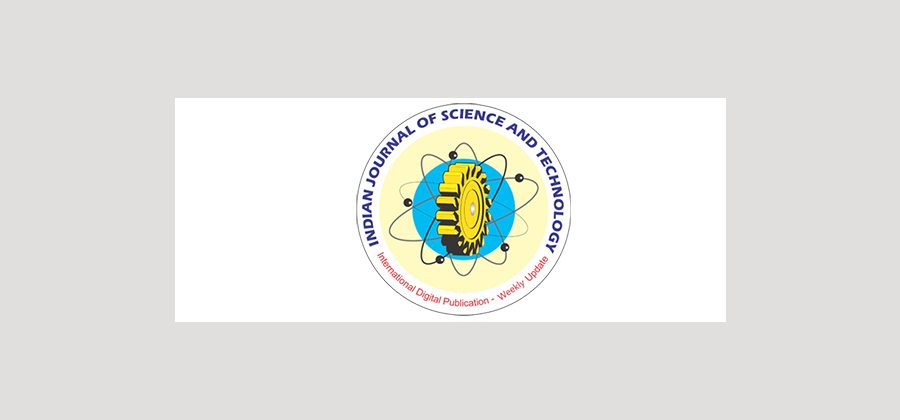


Indian Journal of Science and Technology
DOI: 10.17485/ijst/2016/v9i3/86391
Year: 2015, Volume: 9, Issue: 3, Pages: 1-5
Original Article
R. Kavitha*, E. Kannan and S. Kotteswaran
Department of CSE, Vel Tech University, Chennai - 600062, Tamil Nadu, India; [email protected], [email protected], [email protected]
*Author For Correspondence
R. Kavitha
Department of CSE, Vel Tech University, Chennai - 600062, Tamil Nadu, India; [email protected]
Background/Objectives: EHR means the digital version of the patients medical report, in store the data in real time, it contains medication and treatment history which includes the broader view of patients care and it also contains patients medical history, diagnosis, medications, treatment plans, immunization data, allergies, radiology images, laboratory and test results. Methods/Statistical Analysis: The main intention of EHR is to have access to evidence based tools that health providers can make use to make decision and disease diagnosis about the patients care delivery. The current population of India (2014) is 1.27 billion. About 72.2% of the population lives in some 638,000 villages and the rest 27.8% in about 5,480 towns and urban agglomerations. Findings: In our proposed work we develop Electronic Health Records (EHR) to integrate with the health care providers all over India and to implement it with the cloud infrastructure. The main challenges that are addressed in this works are, handling heterogeneous data, data storage, use of data analytics tool for decision making, data privacy and the data security. Application/Improvements: This can be used to integrate the healthcare management system. Once implemented it provides remote medication, vaccination management, disease diagnosis, remote diagnosis and remote real time monitoring and personal health record.
Keywords: Clinical Data, Cloud, Feature Selection, Medical Diagnosis
Subscribe now for latest articles and news.